The Batesville School District in Batesville, Ark., isn’t the first school district to save money on utilities by switching to solar power. It may, however, be the among the first to pass those savings directly to teachers.
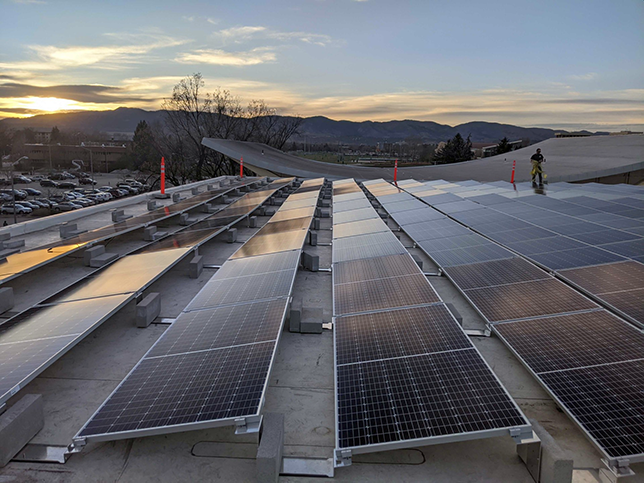
A student-driven initiative at Colorado State University has added almost 114 megawatt hours of clean electricity to the Fort Collins-based university's annual solar generation. The purchase of an 80-kilowatt, $100,000 photovoltaic solar array was funded almost entirely by student fees allocated through the Associated Students of Colorado State University (ASCSU), beginning in 2019.
San Jacinto College, located in the metroplex area of Houston, Texas, has announced plans to add solar electricity arrays to two of its buildings. The arrays, designed and installed by Sunfinity Renewable Energy, are set to lower the school’s utility costs by millions and contribute to better air quality in the area.
California community college Merced College has partnered with Johnson Controls to upgrade the campus infrastructure and target deferred maintenance problems. In an effort to improve sustainability and the student experience on campus, Johnson is set to manage the design, procurement and installation of energy-efficient central plant and lighting retrofits, as well as upgrade campus building automation systems (BAS) and mechanical systems.

Federal energy regulators have given Oregon State University permission to move forward with PacWave South, an offshore wave energy testing facility.
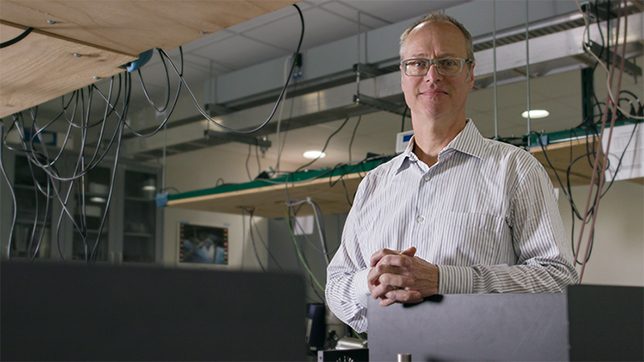
The University of Toledo just received a five-year, $12.5 million grant from the U.S. Air Force to develop flexible solar cell sheets for space. The photovoltaic energy sheets will be used to collect solar energy for powering Earth-based receivers or other orbital or aerial instrumentation, such as communications satellites.

The Porterville Unified School District (PUSD), located in Tulare County, California, recently placed an order for six new electric school buses. During its Board of Education meeting on Jan. 28, the district also approved plans to install six new electric charging stations.
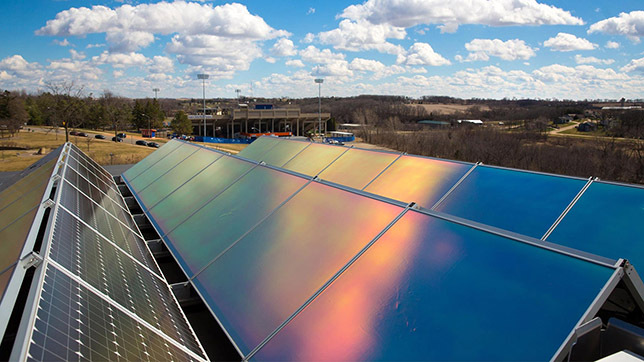
The University of Wisconsin-Platteville has received approval from the state to erect a 2.4-megawatt solar array on its campus. According to the university, this will be the largest solar array owned by a Wisconsin state agency and will make the campus the sixth-highest on-site producer of renewable energy in the country among institutions of higher education.
Ameresco, Inc. (a clean technology integrator focusing on renewable energy and energy efficiency) announced that it was chosen from a competitive process to provide its services to Nyack Public Schools in Orangetown, New York. The contract lays out an energy savings agreement over 18 years, including photovoltaic solar and guaranteed savings to the district across the full duration.
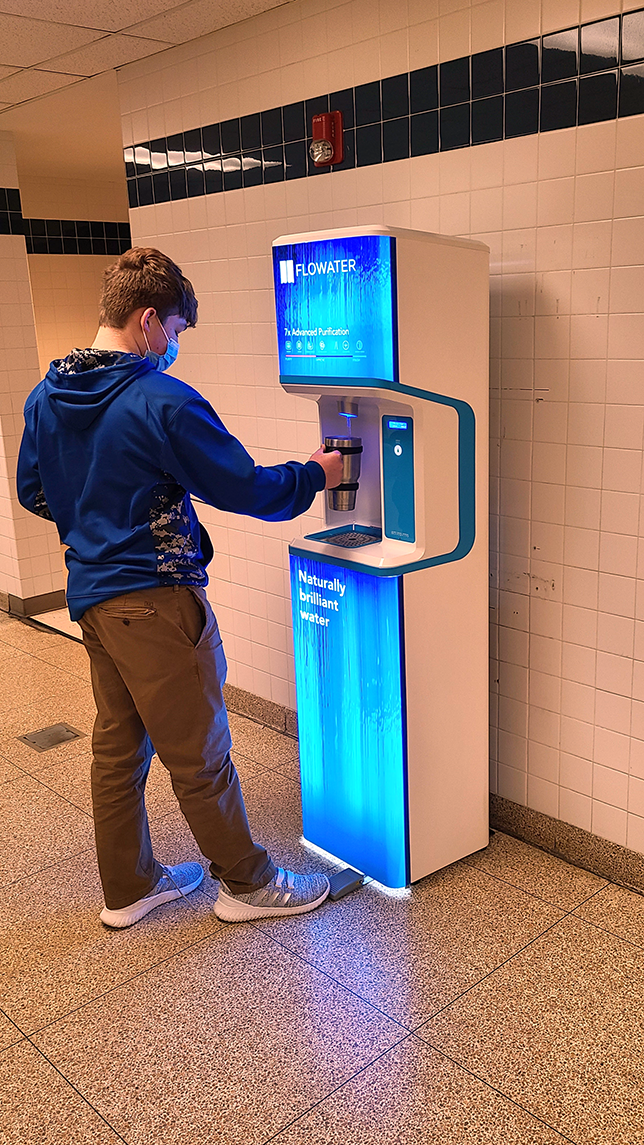
Alongside investments in personal protective equipment, sanitation stations and distancing shields, some schools are earmarking a portion of their federal CARES Act funding to replace their water fountains with touchless versions that don't need continual cleaning.
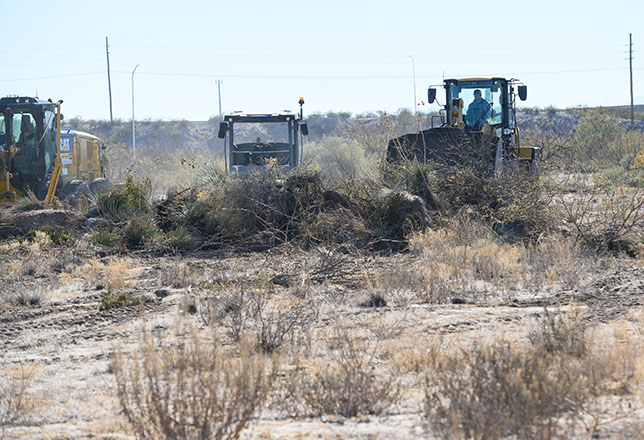
Construction of a new solar project at New Mexico State University began this week. The university has partnered with El Paso Electric (EPE) on the initiative that they call Aggie Power, which should be sufficient to power about one-third of the 900-acre NMSU campus in Las Cruces.

A Virginia institution is the latest school to cover all of its electricity needs with a more sustainable source. The University of Richmond (UR) has joined campuses in Colorado, Hawaii and Minnesota to match 100 percent of its electricity usage with solar power.
Two universities are working together to figure out how to make energy generation, storage and system operation more efficient and reliable, especially in "microgrid" settings.
A $5.8 million sustainability project to convert steam plumbing to hot water plumbing recently completed the first of eight phases at Wesleyan University.
Georgetown University has taken the next step in its commitment to sustainability by committing to obtaining two-thirds of its total electricity consumption directly from "local" solar farms in Maryland and New Jersey.
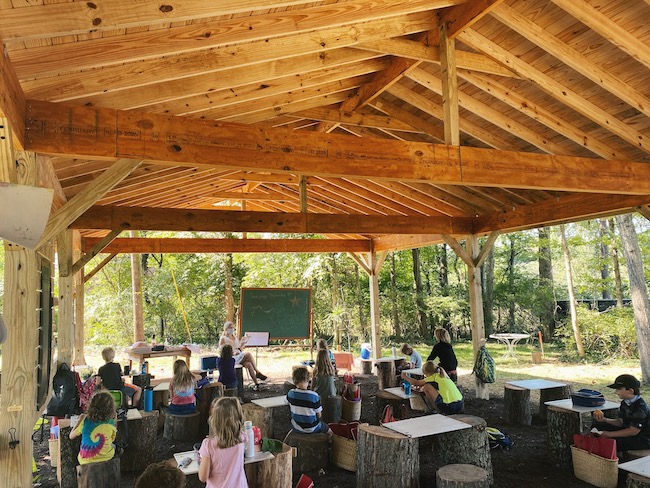
With a curriculum centered on connection to nature and environmental stewardship, Linden Waldorf School's vision for the pavilions were to move all classes completely outdoors where students get to be in nature throughout the whole school day.
Colorado State University signed a deal that will move the Fort Collins institution closer to its goal of shifting all of its energy needs to renewable electricity by 2030.
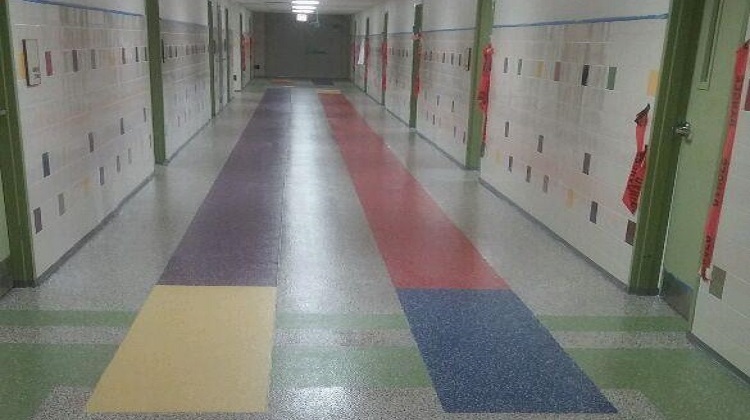
Sustainable flooring is a smart choice for schools interested in providing a healthy learning environment and demonstrating their commitment to a better global environment.
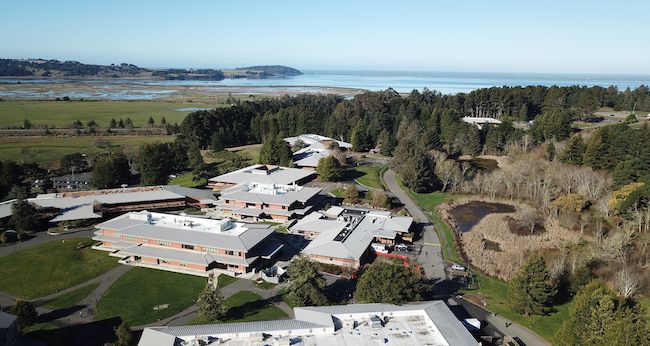
A community college in northern California has projected a savings of $4.2 million over the next 20 years from an implementation of solar.
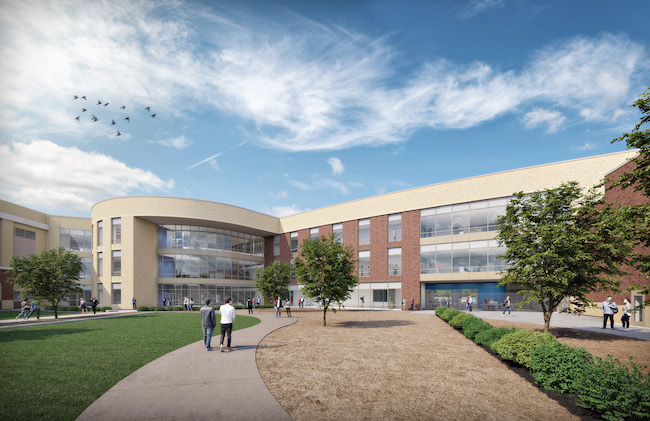
The three-story, 75,000 square-foot expansion and renovation of the campus provides added capacity to a rapidly growing population in the Northwest Independent School District. The project was headed by Perkins & Will.

Gen Z is advocating for immediate action to secure their future. However, limited by their age, Gen Z is looking to older generations to support them through social and legislative change and conscientious transformations — socially, educationally, and within the built-environment.
The Los Angeles Community College District has vowed to eliminate its carbon footprint entirely over the next two decades.

Several colleges and universities are pursuing solar solutions for two major reasons: to save money on energy costs and/or to meet sustainability goals through renewable energy projects. Whether you’re already pursuing a solar solution or just starting to consider your options, there are some important considerations to keep in mind, as well as certain factors that go into the most successful solar projects.

While the University of California San Diego has put some projects on hold due to financial constraints introduced by the pandemic, the university is forging ahead with construction work on its North Torrey Pines Living and Learning Neighborhood and planning for its Future College Living and Learning Neighborhood.

The Atlanta-based institution will be installing more than 15,000 solar panels on 16 campus buildings. That represents 5.5 megawatts of solar generation, enough to produce about a tenth of the university's peak energy requirements.
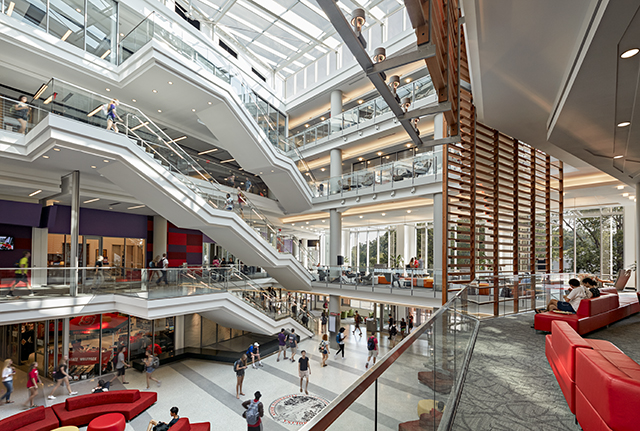
They are the first generation to be immersed in technology since birth, experiencing it as an extension of daily life. As future Gen Zers progress through our learning institutions, their characteristics, wants and needs will further shape K-12 education environments, university campuses and future workplaces.